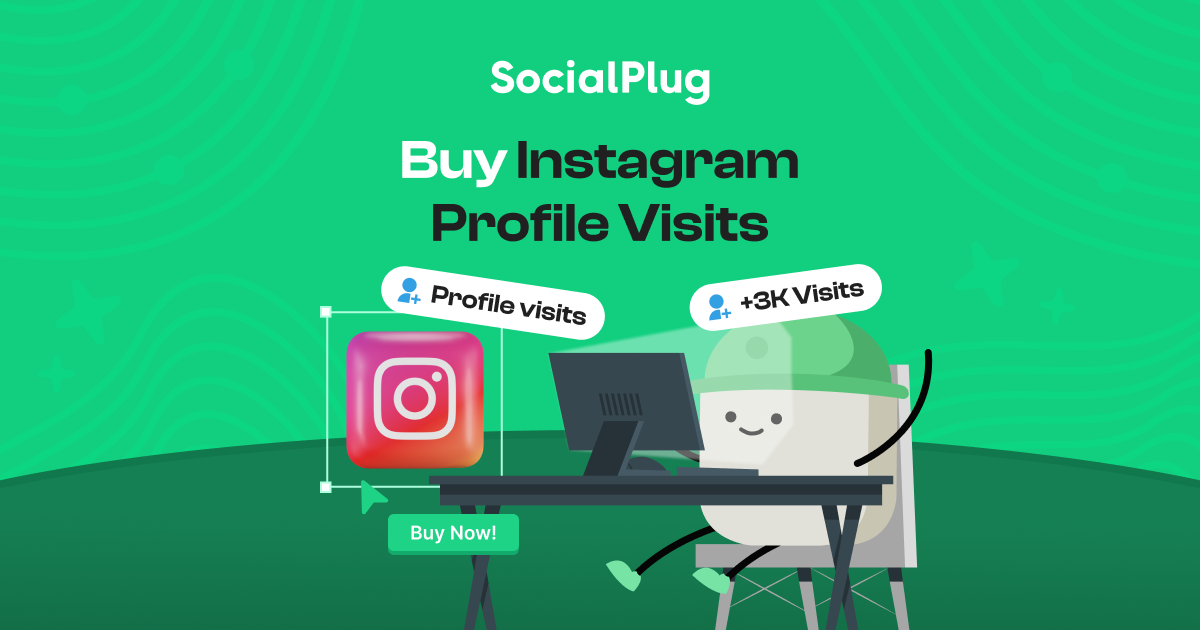
Social media advertising transforms how businesses connect with potential customers in 2025. The digital landscape continues to evolve at a rapid pace. Companies now have unprecedented access to targeted audiences across multiple platforms. This access creates opportunities for brands of all sizes.
The right approach can dramatically increase brand visibility and sales performance. Smart businesses adapt their strategies to match current trends. Recent data shows social media’s growing influence on purchasing decisions. Consumers increasingly research products on these platforms before buying.
Platform Selection and Demographics
Choosing the right platforms determines campaign success. Different platforms attract distinct user demographics. While mainstream platforms dominate advertising budgets, some businesses find success with niche platforms like Reddit.
Many marketers purchase Reddit accounts on Socialplug to gain immediate access to establish credibility when targeting specific communities. This approach works particularly well for brands wanting to connect with specialized interest groups through more authentic engagement strategies.
YouTube Audience Reach
YouTube reaches 90% of adults aged 18-49, according to Pew Research Center data. The platform excels for tutorial content, product demonstrations, and brand storytelling that requires visual elements.
Instagram User Base
Instagram attracts 73% of people aged 18-29. The platform performs exceptionally well for visually appealing products and lifestyle brands. Fashion, beauty, travel, and food businesses see strong engagement rates here.
TikTok Growth Trends
TikTok engages 67% of people aged 18-29. The platform has experienced explosive growth among younger demographics. It rewards creativity and trend participation over polished production.
Market Size and Opportunity
The social media marketplace shows remarkable strength and continued expansion. These numbers highlight why businesses prioritize social advertising.
Sales Projections
Sales through social media will reach $821 billion in 2025. This figure represents substantial growth from $992 billion in 2022, according to Oberlo data. Companies that optimize their social selling strategies capture increasing revenue shares.
Commerce Integration
Social commerce will constitute 17% of all online sales, according to Shopify research. Platforms continue to improve their native shopping features. These improvements reduce friction between product discovery and purchase completion.
Campaign Goal Setting
Successful campaigns start with clearly defined objectives. The goal determines appropriate content, targeting, and measurement methods.
Awareness Campaigns
Brand awareness campaigns focus on maximizing reach and impressions. They introduce products to new audiences and establish brand recognition. These campaigns typically use broader targeting parameters.
Traffic Generation
Website traffic campaigns direct users to specific landing pages or content. They bridge the gap between social platforms and owned media properties. The click-through rate becomes a primary performance indicator.
Content Strategy Fundamentals
The content quality determines how users respond to advertisements. Effective ads clearly communicate value to potential customers.
Value Communication
Successful ads connect product features with specific customer benefits. They answer the fundamental question of why someone should care about the offering. The tone matches brand voice while remaining conversational and accessible.
Visual Quality Standards
High-quality images and videos capture attention in crowded feeds. Production values should match platform expectations without appearing overly commercial. Authenticity resonates more with modern audiences than perfect staging.
Audience Targeting Precision
Precise targeting increases relevance and improves campaign efficiency. Social platforms offer extensive targeting capabilities.
Demographic Segmentation
Basic demographic targeting includes age, gender, income, and education levels. These parameters create initial audience boundaries. Combining demographics with other targeting types increases relevance.
Geographic Considerations
Location targeting ranges from countries to specific zip codes. It allows for regional promotions and store-specific campaigns. Weather-triggered ads can increase relevance for seasonal products.
Video Content Strategy
Video dominates social media engagement across all major platforms. The format delivers information efficiently while creating emotional connections.
Engagement Superiority
Video content generates 87% higher engagement than static images, according to Sprout Social research. Users spend more time with video than other content types. The format combines visual appeal with storytelling capabilities.
Format Considerations
Each platform requires specific video formats for optimal performance. Facebook favors square (1:1) videos for news feed visibility. Instagram prioritizes the vertical (9:16) format for Stories and Reels.
Brand Personality Development
Modern consumers connect with brands that feel authentic and relatable. Building personality creates emotional connections beyond transactions.
Team Representation
Showing team members humanizes brands and builds trust. Behind-the-scenes content creates transparency and authenticity. Featuring employees adds credibility to company values and culture claims.
Production Authenticity
Behind-the-scenes footage demonstrates transparency and builds credibility. It shows the care and craft behind products or services. This approach transforms customers into brand insiders.
Analytics and Optimization
Regular performance analysis drives continuous improvement. Data-informed decisions outperform intuition-based approaches.
Key Metrics
Successful campaigns track reach, engagement, click-through rate, conversion rate, and cost metrics. The industry average click-through rate hovers around 0.66%, according to Statista. Conversion rates vary significantly by industry and offer type.
Review Cadence
Weekly performance reviews allow for timely optimizations. Monthly reviews identify broader trends and opportunities. Quarterly assessments evaluate overall strategy effectiveness.
Budget Management
Effective budget allocation maximizes return on advertising spend. Strategic funding decisions determine campaign scale and sustainability.
Starting Recommendations
New advertisers should start with $300-500 monthly budgets. This amount provides sufficient data for initial optimization. Platforms allow a minimum daily spending of $5 per campaign.
Platform Investment
Budget allocation should reflect platform performance and audience value. Facebook generally offers good overall value across demographics. Instagram and TikTok deliver strong results for youth-oriented brands.
Conclusion
Social media advertising success requires strategic platform selection based on audience demographics. Clear campaign goals determine appropriate content types and measurement methods. Video content delivers superior engagement across all major platforms.
Precise audience targeting improves relevance and campaign efficiency. Regular performance analysis drives continuous optimization and improvement. Budget management balances testing with scaling successful approaches.
Businesses that master these core strategies adapt successfully to market evolution. They capture increasing shares of the growing social commerce marketplace while building lasting connections with their audiences.
Frequently Asked Questions
Here are answers to common questions about social media advertising in 2025.
- What is the minimum budget needed for social media advertising?
Start with $300-500 monthly, with platforms allowing minimum daily spends of $5.
- Which platform provides the best ROI?
ROI varies by industry. Facebook offers good general value, Instagram and TikTok excel for younger audiences, and LinkedIn works best for B2B despite higher costs.
- How often should ad creative be refreshed?
Change the creative every 2-4 weeks to prevent ad fatigue, monitoring performance closely.
- Is boosting posts effective compared to creating ads?
Boosting is simple, but the ad manager offers better control. Use both for a complete strategy.
- How do you measure social media advertising success?
Define specific KPIs (conversions, leads, engagement) aligned with business goals and track them consistently against industry benchmarks.

